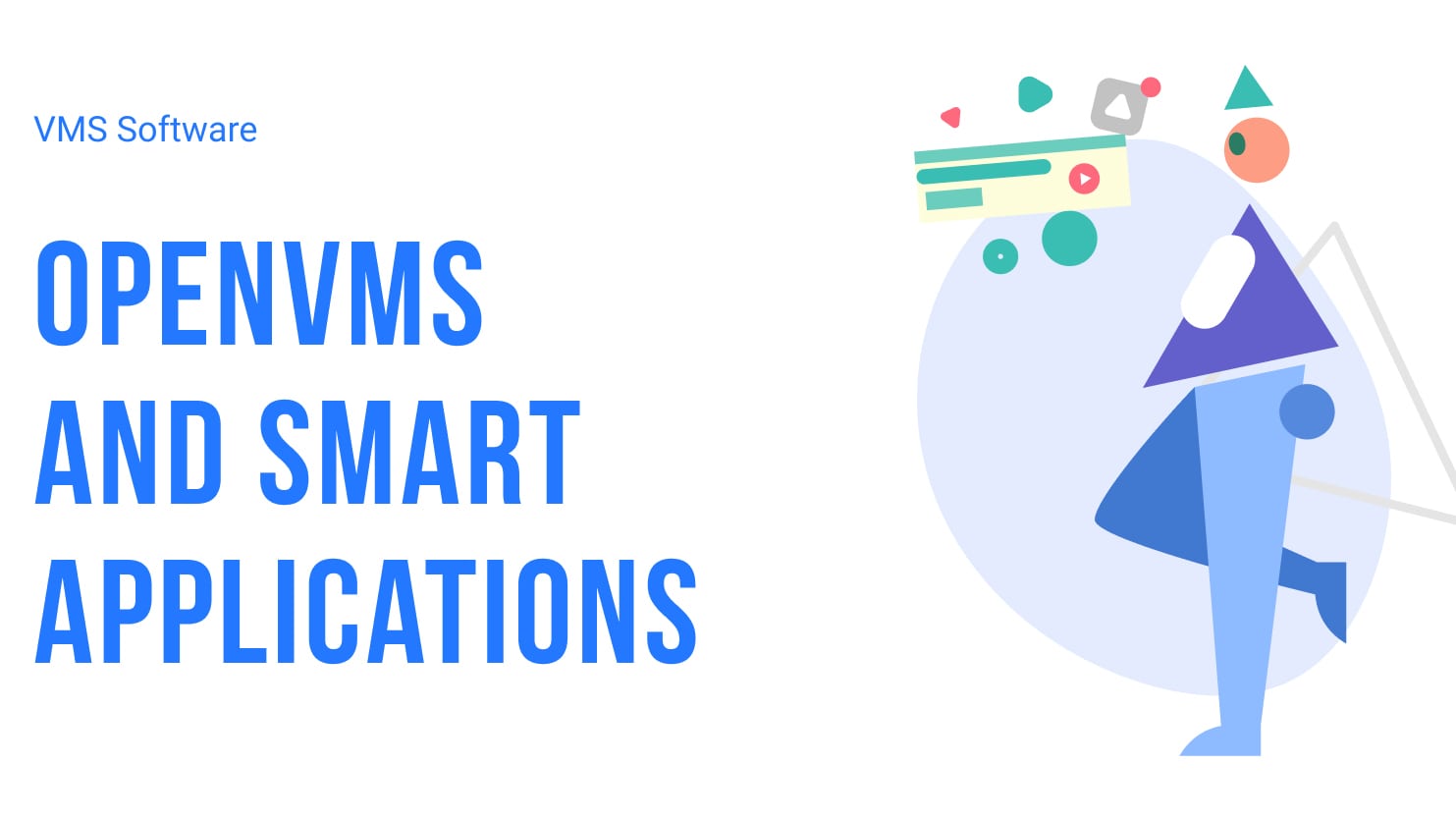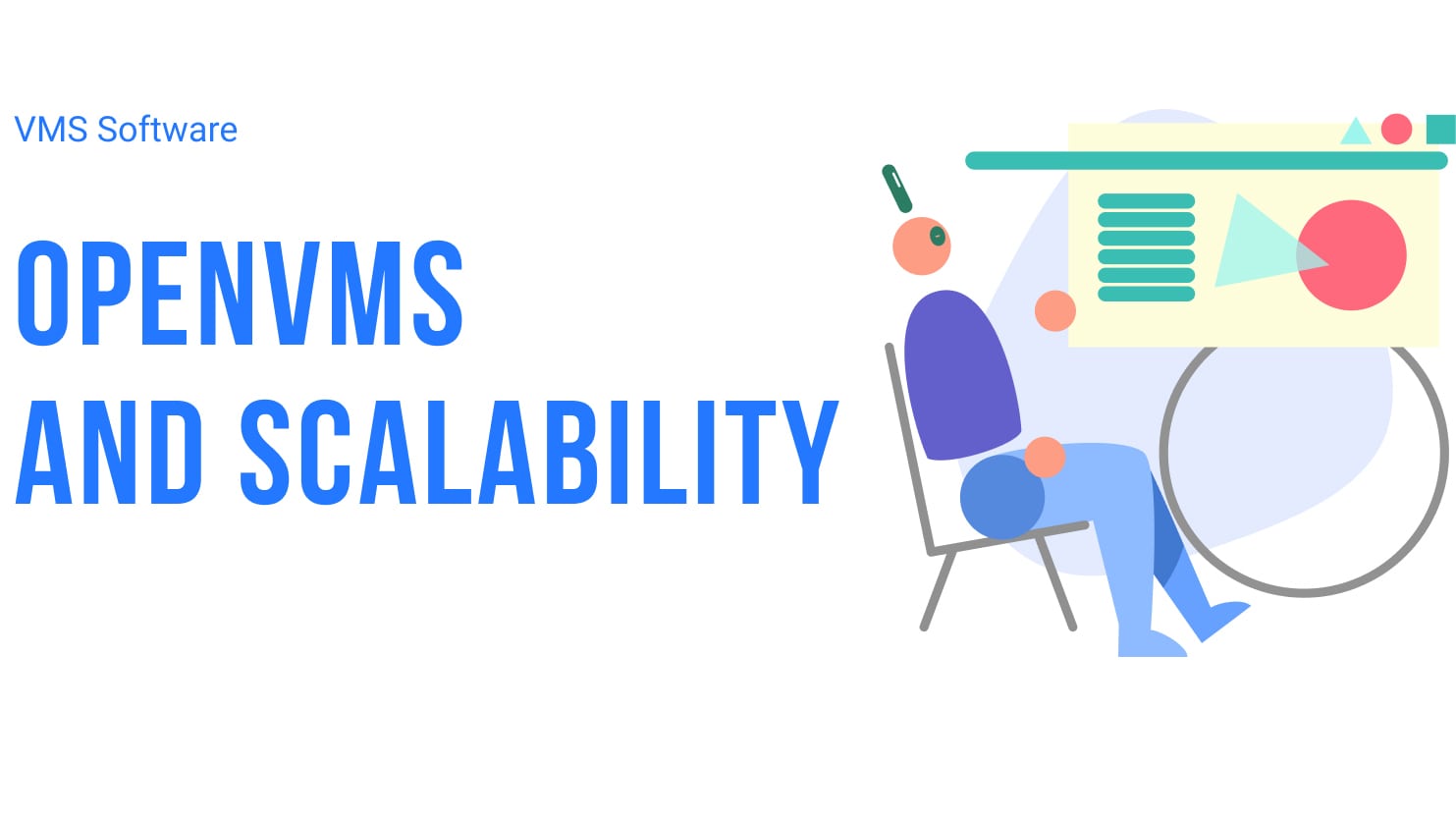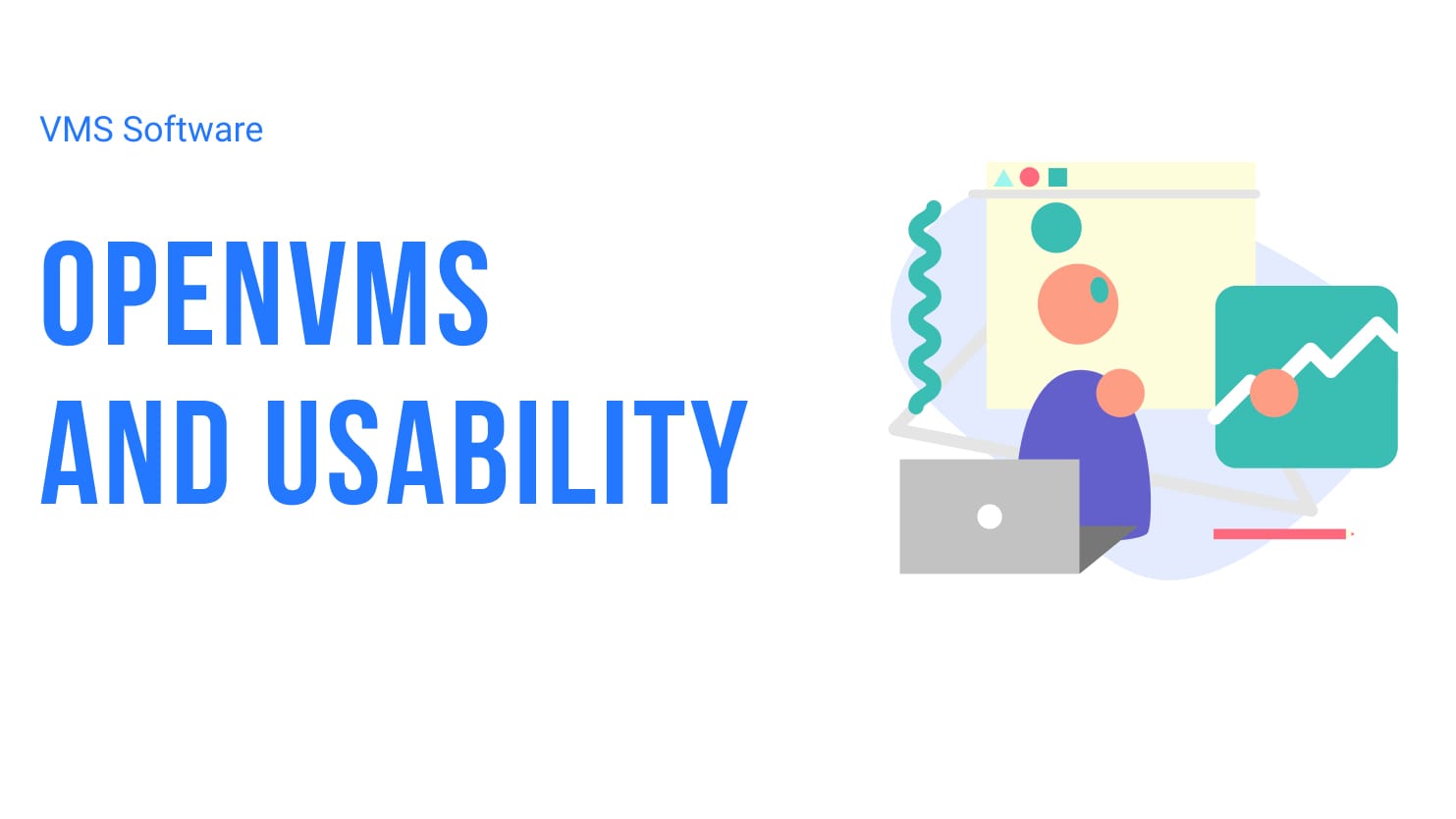OpenVMS and Smart Applications

OpenVMS applications have always been smart, right? Well yes OpenVMS applications have often been ahead of their time in terms of innovation and execution, but nowadays smart means something else.
Smart applications are innovative systems that gather tremendous amounts of data from sensors and other sources, using machine learning algorithms and predictive analytics available on Cloud platforms to make this information actionable for users and to improve user experiences.
The characteristics of smart applications include them being intelligent, in that they use analytics, machine learning, and AI services to make recommendations and predictions that guide users and “things” to take the next best action. Smart apps are also contextual, embedding personal, sensor, and location data into users’ processes, made available on any channel/device. A third characteristic is that smart applications are proactive; pushing notifications and making use of chat bots and messaging services to interact with users and give them smart recommendations of what to do and when.
So where do OpenVMS applications fit into this smart universe? Not really a valid question as applications are just applications, irrespective of what platform they run on. Yes, some OpenVMS applications make use of specific constructs or functions, but many applications today are relatively portable. What virtualisation and particularly Cloud-enabled virtualisation do is allow your applications to take advantage of other technologies relatively easily.
Let us say my OpenVMS-based distribution software could benefit from knowing the temperature of a particular distribution centre so it would know whether it could send cold goods to that location. In the past the operations team would need to set up a specific temperature monitoring device in the DC (one that could communicate with an OpenVMS system); build the infrastructure to make the device run; and the developers would need to alter the software to take the data feed. Not overly difficult, but time consuming and often too costly to make worthwhile.
With a smart application, the operations team can install a standard monitoring device (if not there already) which sends out data according to a recognised standard protocol, say MQTT. This device (or router) would send the information over the internet (one assumes most DCs in the world have internet access) to some kind of broker (probably in the Cloud). The OpenVMS application can then subscribe to and consume messages from the broker to see if there is any data for it to consider, and hey presto the required information is now available to the application.
In reality both architectures are very similar in design, but the 2nd Cloud-based architecture is much simpler and cheaper to install because basically all the plumbing is already in place. With traditional OpenVMS systems the plumbing often tended to be "handcrafted" each time it was required, bringing in cost and delays to the implementation.
So is virtualisation and in particular Cloud-enabled virtualisation going to make my OpenVMS application smarter? Not straight away, but what it does do is open up a whole new world to your applications which can now take advantage of the most modern and innovative technologies (because the plumbing is there).
Next in the series is “Usability”
Director of Strategy for VMS Software, Inc.

